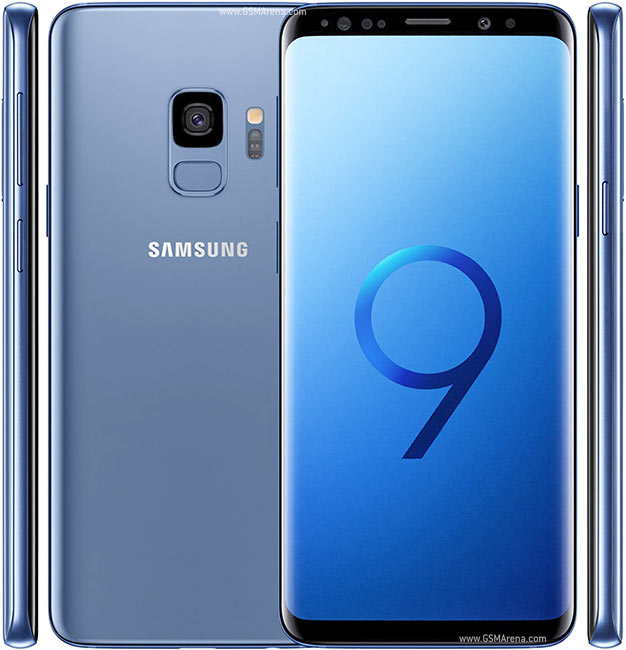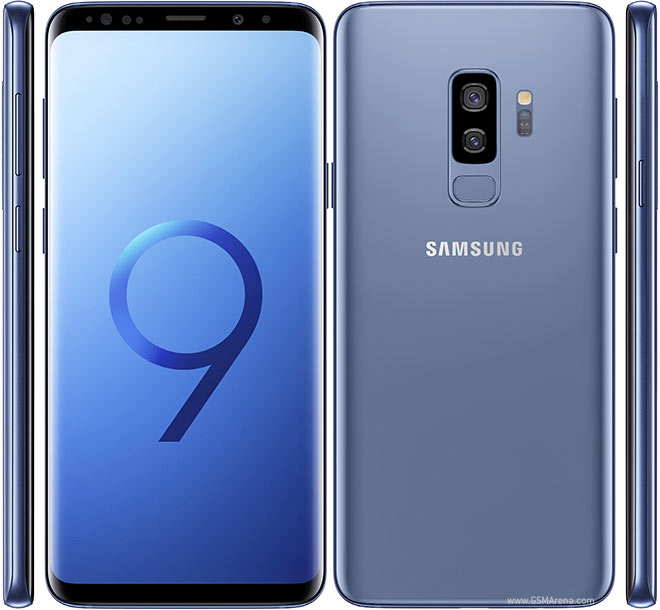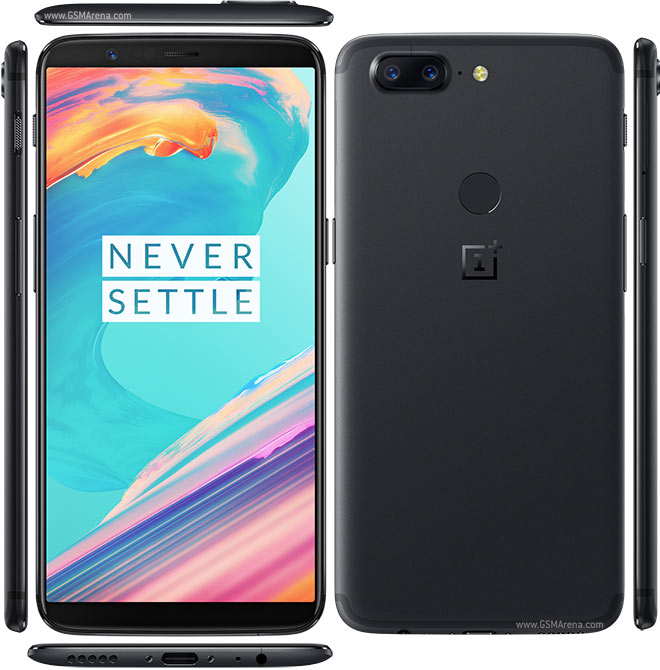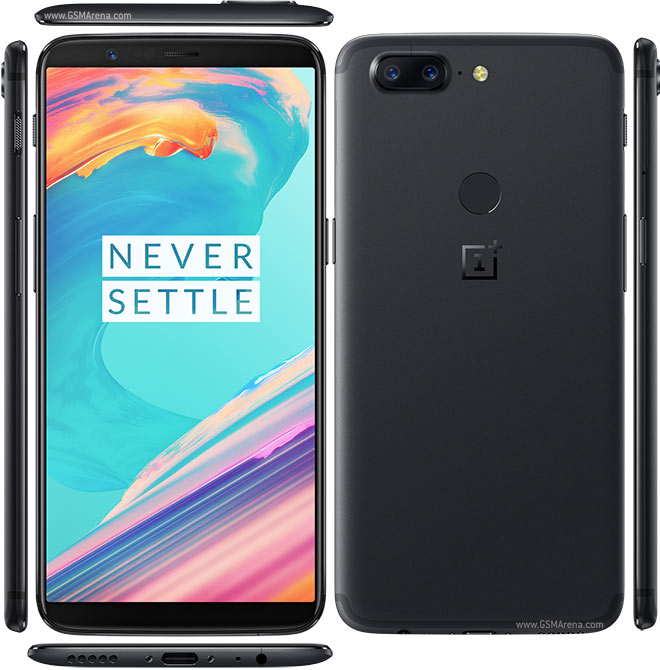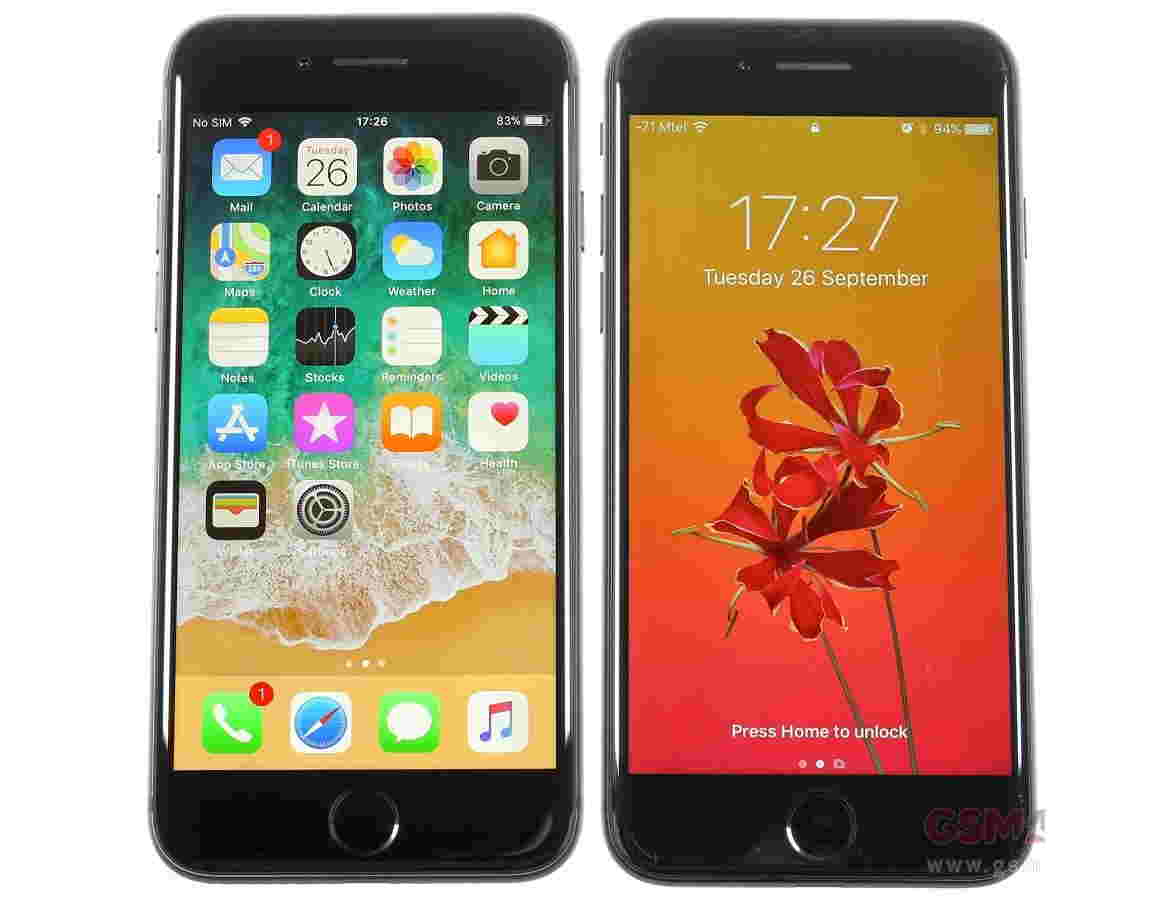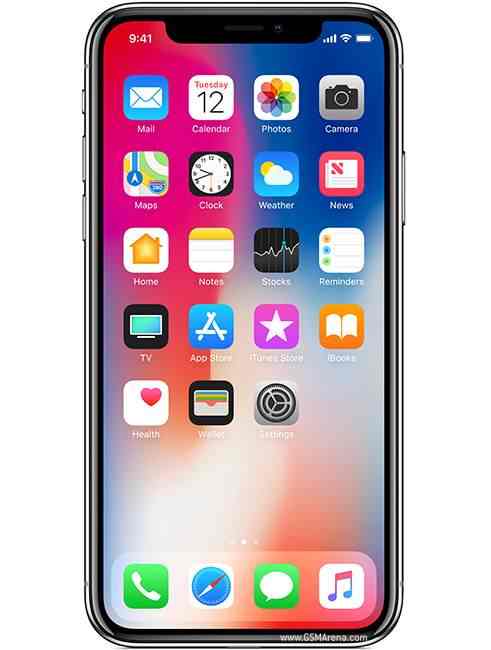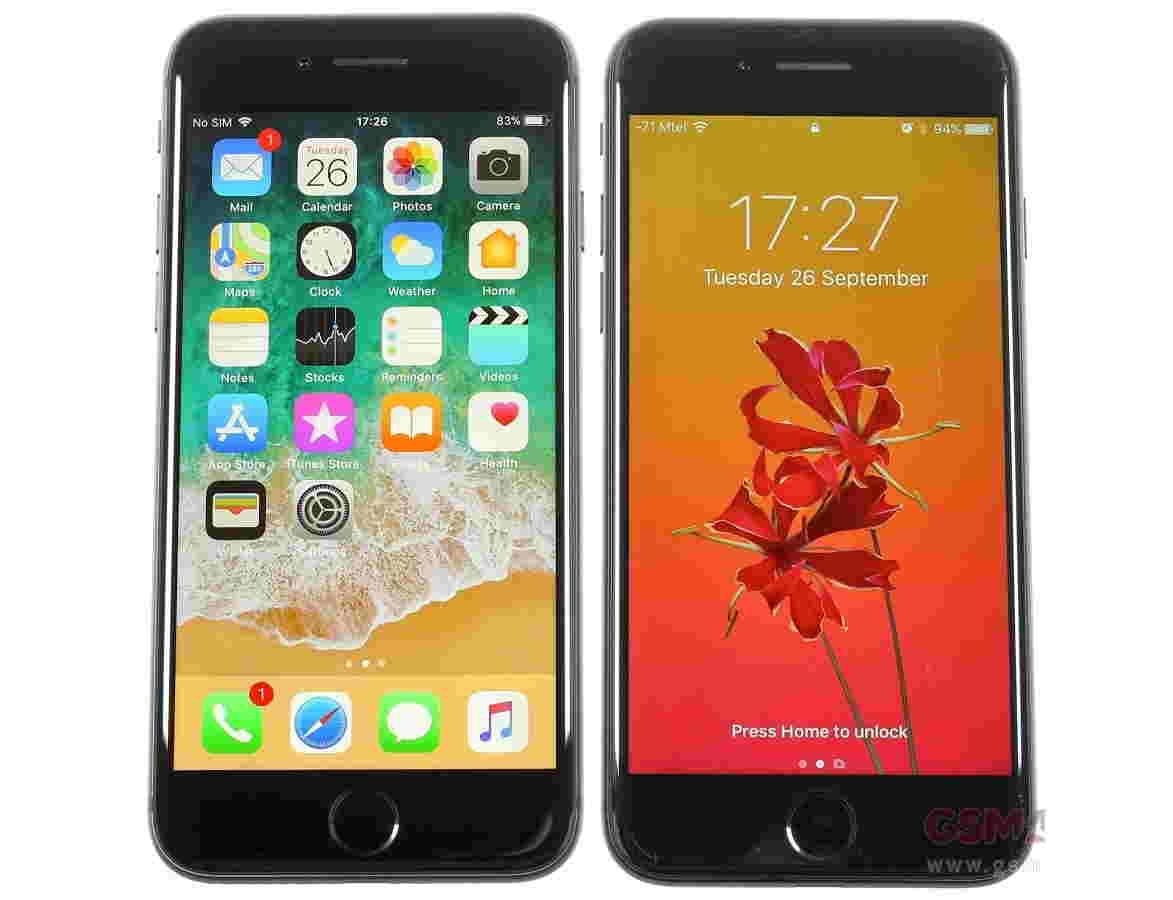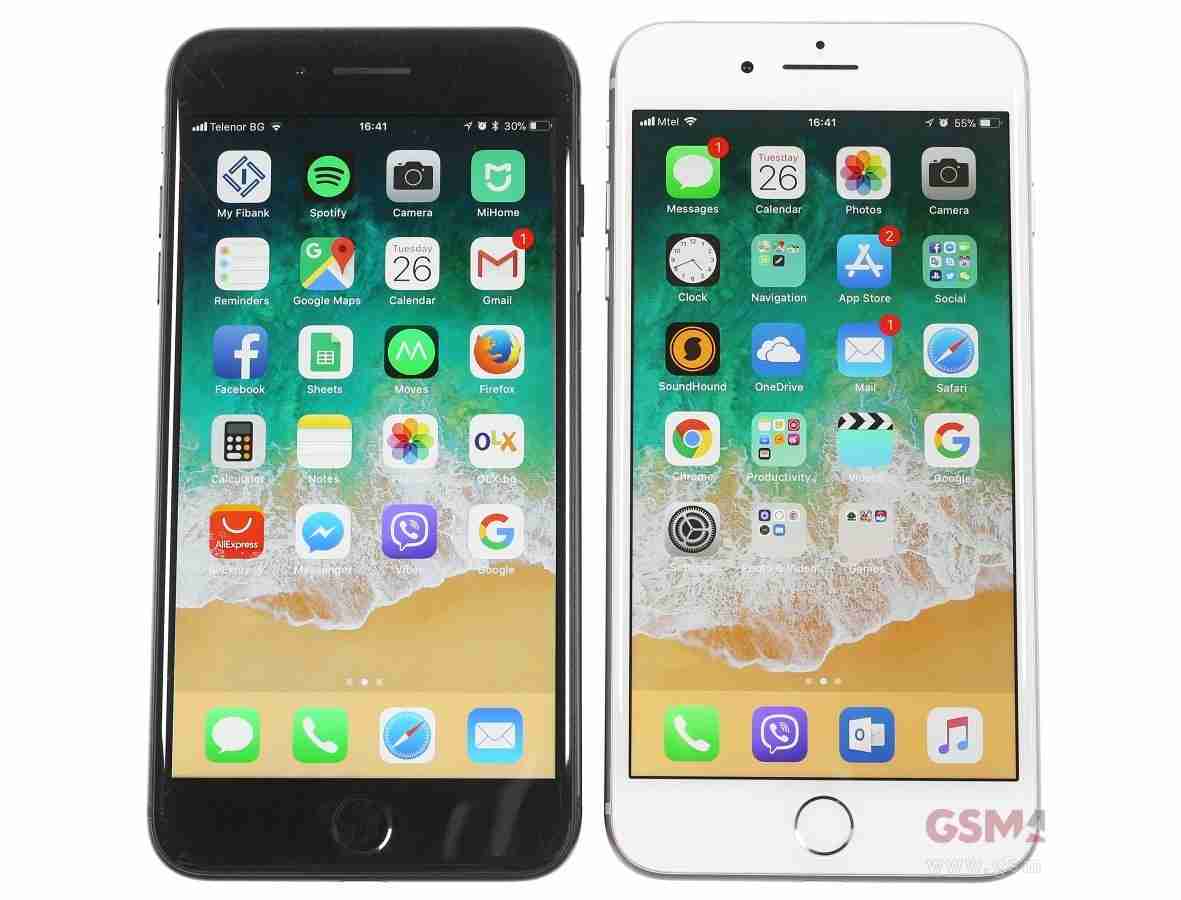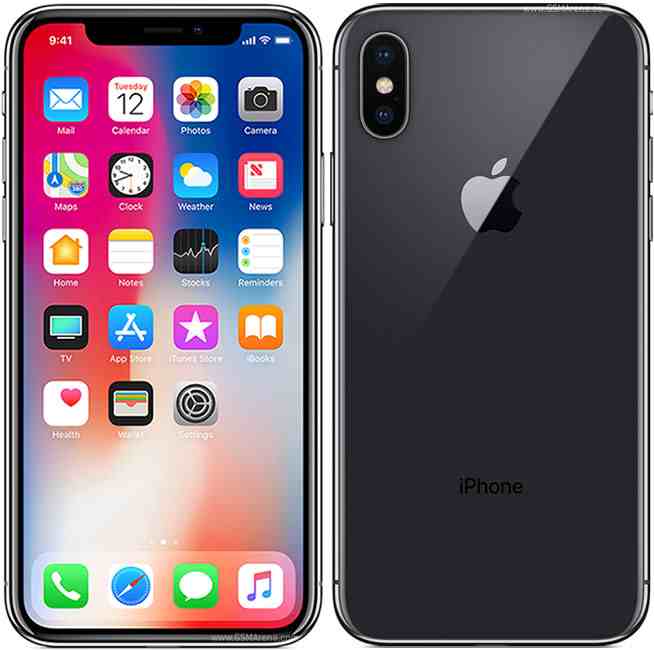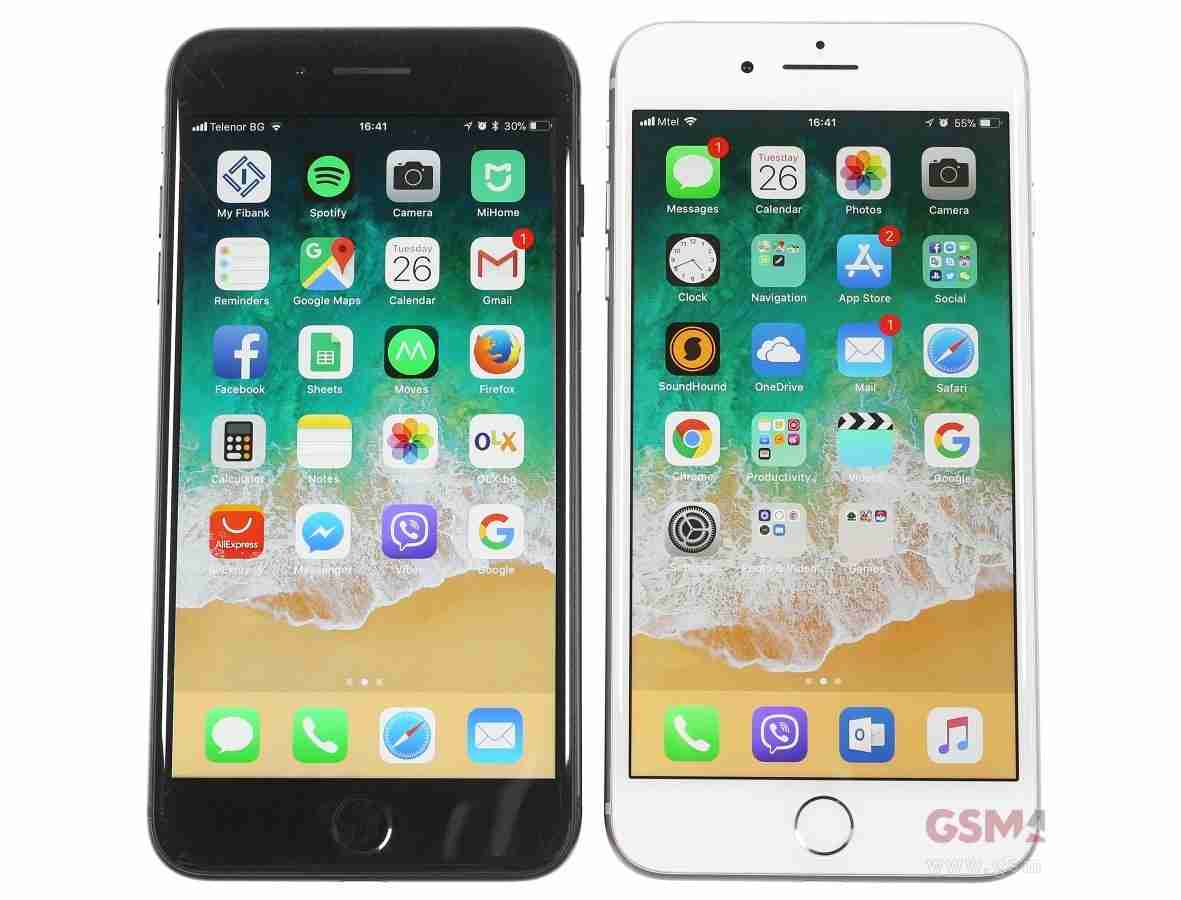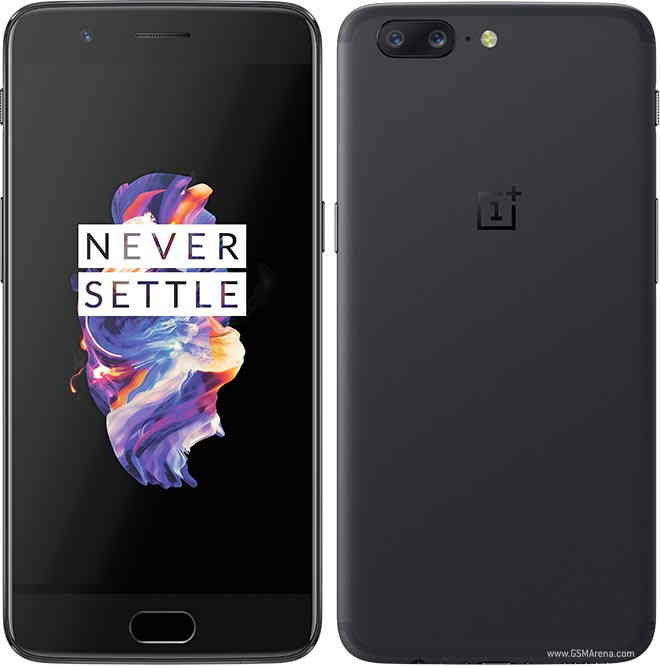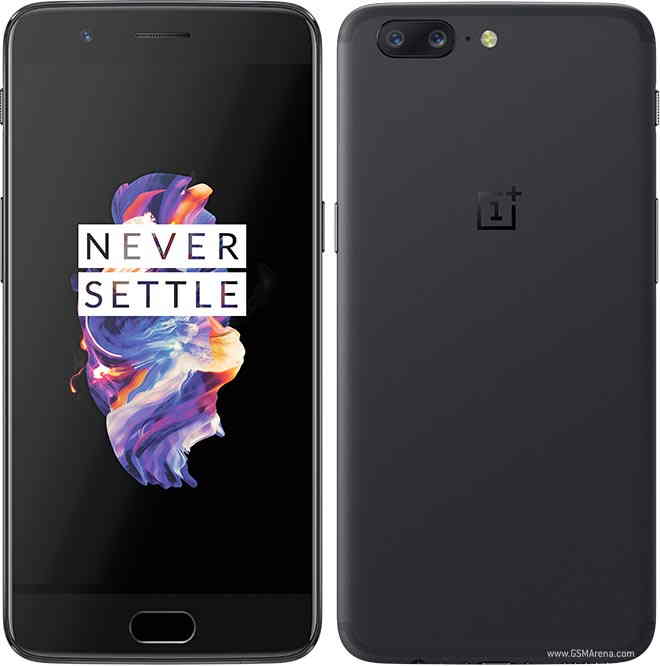Price: �99 inc VAT
Rating: 7

The Roku 3 distinguishes itself from the competition with a couple of innovative features found on its remote control. The remote incorporates a Wii-like motion sensor that allows you to play games by wafting the device around. It works well enough with the bundled Angry Birds Space, although other big-name titles are conspicuously absent from the Roku’s games store. (See also: Chromecast review.)
The second, more beneficial feature of the remote control is a headphone jack, allowing you to plug in a pair of headphones (a low-rent in-ear set are provided in the box) and watch movies or listen to music without disturbing others in the room or sleeping upstairs.
The sound – which is transmitted via Wi-Fi, not Bluetooth – is a little thin and prone to distortion when there’s a loud explosion or blast of music, even when using an expensive pair of Sennheiser headphones, but it’s fine for a late-night Netflix session.
Roku’s channel selection compares favourably to the Apple TV for a British audience, including BBC iPlayer, Sky Now, 4oD, ITV and Demand 5, as well as big-name online services such as YouTube, Netflix and Spotify for free.
Many channels stream in 1080p and video quality is generally excellent, although we did occasionally notice a mismatch between the picture and audio, which was irritating – it’s something we’ve never noticed on Apple TV.
Streaming media over the home network was less successful. Our attempts to stream 1080p videos using the Plex app and media server software installed on our PC ended in outright failure, although music and photos fared fine. It was the same story using the Roku app for Android, where 1080p video became horribly distorted in playback, although it worked fine using the iOS app. (See also: Now TV review.)
The Roku 3 has a microSD slot that can be used to expand the internal storage, but not for media playback. You can play media locally via the USB port, however. It spat the dummy at very high bitrate 60 fps 1080p video, but was fine with 24 fps footage, although be warned: the Roku 3 won’t automatically convert an AC3 or DTS soundtrack to stereo, leaving you with no audio if you don’t feed to a suitably equipped decoder such as in an AV receiver.
The Roku 3 interface is perfectly straightforward, and we like the option to change the look of the interface with free skins. You’ll need to keep another computer or tablet at hand for the setup procedure, which requires online registration and the handing over of your credit card details, even if you have no intention of paying for apps, which is disappointing. Setup was painless, although only when we delved into settings did we notice it hadn’t automatically detected our 1080p screen, and was instead running at 720p. Read: Apple TV vs Chromecast comparison review: Should i buy Apple TV or Chromecast?
Roku 3 review: verdict
A premium player with a superior feature set to every other device in this round-up. The wireless headphones are a particular boon for family households and the UK content selection is superb, although we experienced lipsync issues and network media playback is too unreliable.
NEXT PAGE: our original Roku review from May 2014.
Google has shaken up the set-top box market with the Chromecast. Roku's answer is the Streaming Stick so here's our review.
At £49, the Roku Streaming Stick costs half the price of the Roku 3 and a little more than the £30 Chromecast. Is it worth the extra money? Read our Roku Streaming Stick to find out.
Roku Streaming Stick review: Design and setup
Like the Chromecast, the Streaming Stick is, well, a stick. Instead of a little box which you place near your TV, you plug the device straight into it – in exactly the same way you would plug a USB flash drive into your laptop. The best name to give it is an HDMI-dongle.
The device is pretty small but depending on the design of your TV, it may not fit. For example, the side facing ports on my Philips TV don't offer much room so the device simply won't plug in. Rear facing HDMI ports work the best, if there is space behind the panel.
If for whatever reason, the Streaming Stick doesn't plug into your TV or monitor, you can use an extension cable to solve the problem. This is not included in the box but can be purchased online for just a few pounds.
Once the Roku Streaming Stick is connected to your screen, you'll also need to give it some juice – it can't be powered from the HDMI port alone. This is done with a simple microUSB port on the end of the stick. Most modern TVs will have a USB port which can be used for this but if you don't then just plug it into the mains. A cable and mains adapter are supplied.
With everything connected, you only need to hook the Streaming Stick up to your Wi-Fi network (it has dual-band wireless built-in) and follow a short verification process which does require a Roku account if you haven't got one.
Roku Streaming Stick review: Controller and apps
The supplied remote control connects to the Streaming Stick automatically and, like Roku's other players, doesn't need line of sight to work. Compared to more expensive Roku player remotes, the Streaming Stick's doesn’t have a headphone jack for private listening or motion sensors for games like Angry Birds.
You can also control the Roku Streaming Stick with your smartphone with the free iOS or Android app. This also allows to you stream photos, videos and music stored on the device directly to the Roku player.
We're not too bothered about the downgrades on the remote since the streaming is the main draw here. Luckily, this is something Roku's devices do very well. Read: Apple TV vs Chromecast comparison review: Should i buy Apple TV or Chromecast?
Roku Streaming Stick review: Services and content
There are more than 500 channels, better described as apps, to install to the Roku Streaming Stick. That's a hefty amount but like app stores, it's all about the quality ones which you really want to use.
Most of the channels on the Roku store are pretty niche, but what is impressive is the amount of big name service which are available. You can stream content from Netflix, BBC iPlayer, 4OS, Demand 5, YouTube, Sky Store, Now TV, Crackle and Spotify. Of course, some of these require one off payments or subscriptions.
It's one of the best selections on the market at the moment with only really ITV Player and Amazon Prime Video (formally LoveFilm) missing. It's a lot of content at your fingertips for a very reasonable price.
A recent update means that you can cast content to the Streaming Stick directly from the Netflix and YouTube apps – much like the Chromecast way of doing things. Handy if you want browse for content on your mobile then watch it on the big screen.
The Streaming Stick doesn't have the faster process which the Roku 3 was blessed with but the interface and navigation work perfectly well, if not quite as nippy as its bigger brother (which costs twice the price).
Follow Chris Martin and @PCAdvisor on Twitter.
Buying Advice
A premium player with a superior feature set to every other device in this round-up. The wireless headphones are a particular boon for family households and the UK content selection is superb, although we experienced lipsync issues and network media playback is too unreliable.






